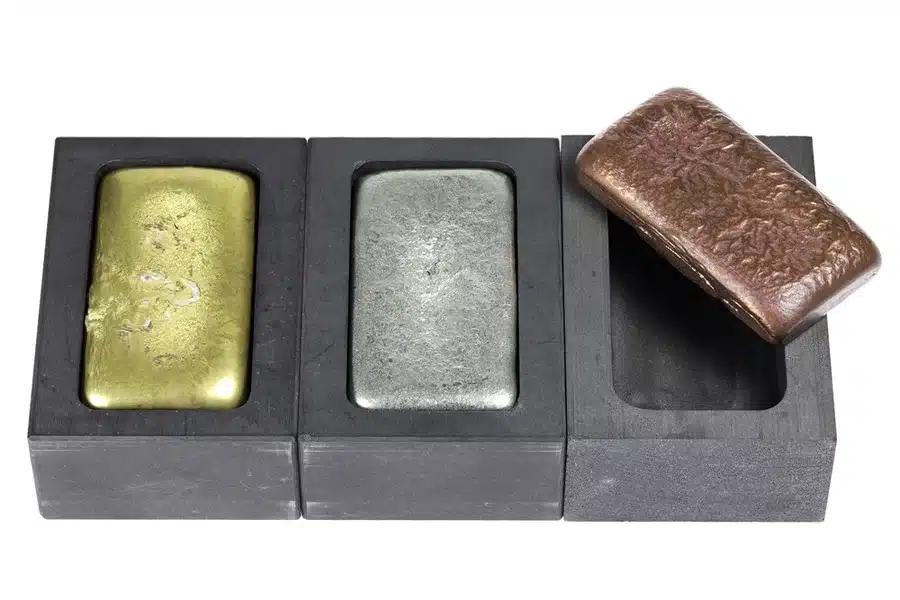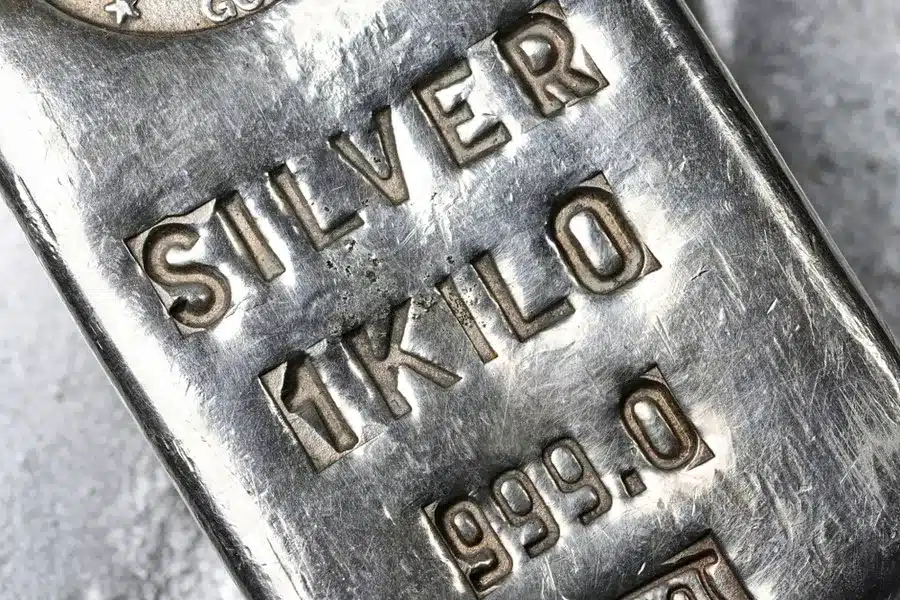In today’s unpredictable financial world, many investors are looking for ways to protect their retirement savings.
While stocks and bonds have traditionally played a major role in retirement planning, more people are turning to alternative assets to reduce risk and diversify their portfolios. One such option is a Gold IRA.
So, what is a Gold IRA, how does it work, and why are investors considering it for their retirement plans? Let’s explore.

What Is a Gold IRA?
A Gold IRA is a type of individual retirement account (IRA) that allows you to hold physical precious metals like gold, silver, platinum, and palladium. Sometimes referred to as a Precious Metals IRA, it functions similarly to traditional and Roth IRAs but is specifically designed for precious metals investment.
Rather than investing in mutual funds, ETFs, or other paper assets, a Gold IRA lets you hold physical gold as part of your long-term retirement account.
How Does a Gold IRA Work?
Opening a Gold IRA involves setting up a self-directed IRA through a custodian that specializes in IRA investing in precious metals. Here’s how the process works:
- Choose a custodian: This is a financial institution that manages individual retirement accounts (IRAs) and complies with IRS rules.
- Fund your account: You can use a rollover from another retirement account, such as a 401(k), or make direct contributions (subject to annual contribution limits).
- Select your gold: Choose from approved physical precious metals, including bullion bars and coins that meet IRS purity standards.
- Secure storage: Your custodian arranges for the gold to be stored in an IRS-approved depository. This ensures compliance and security but may come with a storage fee.
Some investors also choose to include fractional gold—smaller portions of gold bars or coins—to allow for more flexible investment options within their IRA.
Gold IRA Pros and Cons
Like any investment, Gold IRAs have both advantages and disadvantages. Here are the key gold IRA pros and cons:
Pros:
- Hedge against inflation: Gold tends to retain its value over time, making it a strong hedge against inflation and currency devaluation.
- Diversification: Including gold and other precious metals in your portfolio helps reduce reliance on stocks or bonds, which can be volatile.
- Physical asset: Unlike paper assets, gold is tangible and cannot be hacked or erased.
- Tax advantages: Depending on your account type, earnings can be tax-deferred or even tax-free in retirement.
Cons:
- Storage fees: You’ll pay custodians and depositories to store and insure your metals.
- No dividends or interest: Unlike mutual funds or dividend-paying stocks, gold doesn’t generate passive income.
- Liquidity concerns: Selling physical gold may take longer than selling paper assets.
Gold vs. Stocks and Bonds in a Retirement Portfolio
While stocks and bonds have long been the foundation of retirement accounts, they can be heavily impacted by market downturns. A gold investment provides balance by acting as a safe-haven asset during periods of market instability or economic uncertainty.
Including a Gold IRA as part of your diversified retirement plan can help shield your savings from sharp losses, particularly during recessions or times of political unrest.
Fractional Gold and Fractional Shares
A growing trend in gold IRAs is the inclusion of fractional gold. This allows investors to purchase smaller portions of gold, making it easier to invest consistent amounts over time or rebalance a portfolio without needing to buy full ounces. My Digital Money offers fractional shares of gold ETFs or related securities, though these are not the same as owning physical gold.
Tax Benefits of a Gold IRA
One of the biggest appeals of a Gold IRA is its tax advantages. Similar to other IRAs:
- A traditional Gold IRA offers tax-deferred growth. You only pay taxes when you withdraw funds during retirement.
- A Roth Gold IRA allows for tax-free withdrawals in retirement, provided you meet the age and time requirements.
As with any retirement strategy, speak with a financial advisor to ensure your Gold IRA is structured in a way that maximizes your tax benefits.
Choosing the Best Gold IRA
If you’re considering a Gold IRA, it’s important to find the best Gold IRA provider for your needs. Look for:
- Transparent fees, including setup and storage fees
- A wide selection of IRS-approved physical precious metals
- Strong customer service and educational support
Reading reviews and comparing providers can help you find a reliable company that aligns with your long-term retirement savings goals.
Is a Gold IRA Right for You?
A Gold IRA isn’t for everyone, but it’s a valuable option for investors who want to:
- Protect their retirement savings from inflation
- Diversify beyond mutual funds, stocks, and bonds
- Own tangible assets within their retirement account
If you’re concerned about market volatility and want a precious metals IRA that offers stability and security, opening a Gold IRA could be a smart move.
The Bottom Line
A Gold IRA can be an effective tool for diversifying your retirement plans and shielding your wealth against inflation and economic uncertainty. While it does come with costs and limitations, the benefits of owning gold and other precious metals—especially in physical form—make it an appealing option for many retirement investors.
Whether you’re new to IRA investing or looking to enhance your portfolio with alternative assets, a gold investment could help you save for retirement with confidence and control.





